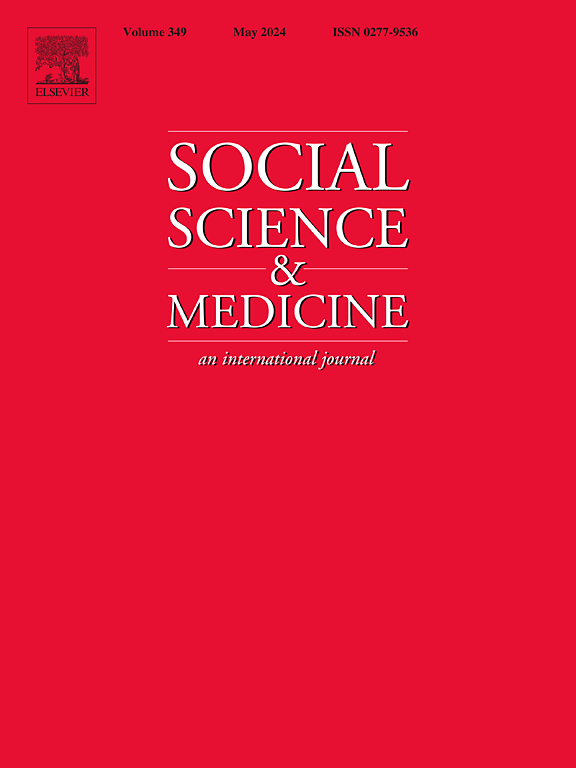“We have a good neighbor policy”: How street vendors access (or not) water and toilets
IF 4.9
2区 医学
Q1 PUBLIC, ENVIRONMENTAL & OCCUPATIONAL HEALTH
引用次数: 0
Abstract
This article explores the essential yet often overlooked challenges faced by street vendors in accessing water and toilet facilities in public spaces. This study investigates the three dimensions of barriers (informational, physical, and services) to accessing these services and their potential effects on health and work and the relationship between formal-informal commerce related to the services barrier. Through a focused ethnography held between 2021 and 2023, interviews and participant observation with 24 street vendors were analyzed using qualitative content analysis. The findings reveal complex informal-formal networks and community relationships that enable vendors to find a way to access water and sanitation services, being the exchange of favors the main pillar of this relationship. However, not all workers establish a relationship, potentializing the violation of the right to water and sanitation at work. One type of barrier (informational) was not identified for both water and toilet access in this study. The physical barrier was not identified for water access, since a barrier would presuppose the existence of facilities. The services barrier was identified for both water and toilets. Headaches, tiredness, and urinal infections were reported as symptoms of inadequate access to water and toilets in this type of workplace. Also, workers with disability and women are more affected as they have specific needs to be addressed.
“我们有一个好邻居政策”:街头小贩如何获得(或没有)水和厕所
本文探讨了街头小贩在公共场所获取水和厕所设施方面面临的重要但经常被忽视的挑战。本研究调查了获取这些服务的障碍的三个维度(信息、物质和服务)及其对健康和工作的潜在影响,以及与服务障碍相关的正式-非正式商业之间的关系。通过在2021年至2023年间进行的重点人种志研究,采用定性内容分析对24名街头摊贩进行访谈和参与者观察。调查结果揭示了复杂的非正式-正式网络和社区关系,使供应商能够找到获得水和卫生服务的方法,这是这种关系的主要支柱。然而,并非所有工人都建立了关系,这就有可能侵犯工作场所用水和卫生设施的权利。在这项研究中,没有确定一种类型的屏障(信息)用于水和厕所通道。没有确定取水的物理障碍,因为障碍的先决条件是设施的存在。服务障碍被确定为供水和厕所。头痛、疲劳和尿路感染是这类工作场所缺乏水和厕所的症状。此外,残疾工人和妇女受到的影响更大,因为他们有特殊的需求需要解决。
本文章由计算机程序翻译,如有差异,请以英文原文为准。
求助全文
约1分钟内获得全文
求助全文
来源期刊

Social Science & Medicine
PUBLIC, ENVIRONMENTAL & OCCUPATIONAL HEALTH-
CiteScore
9.10
自引率
5.60%
发文量
762
审稿时长
38 days
期刊介绍:
Social Science & Medicine provides an international and interdisciplinary forum for the dissemination of social science research on health. We publish original research articles (both empirical and theoretical), reviews, position papers and commentaries on health issues, to inform current research, policy and practice in all areas of common interest to social scientists, health practitioners, and policy makers. The journal publishes material relevant to any aspect of health from a wide range of social science disciplines (anthropology, economics, epidemiology, geography, policy, psychology, and sociology), and material relevant to the social sciences from any of the professions concerned with physical and mental health, health care, clinical practice, and health policy and organization. We encourage material which is of general interest to an international readership.
 求助内容:
求助内容: 应助结果提醒方式:
应助结果提醒方式:


